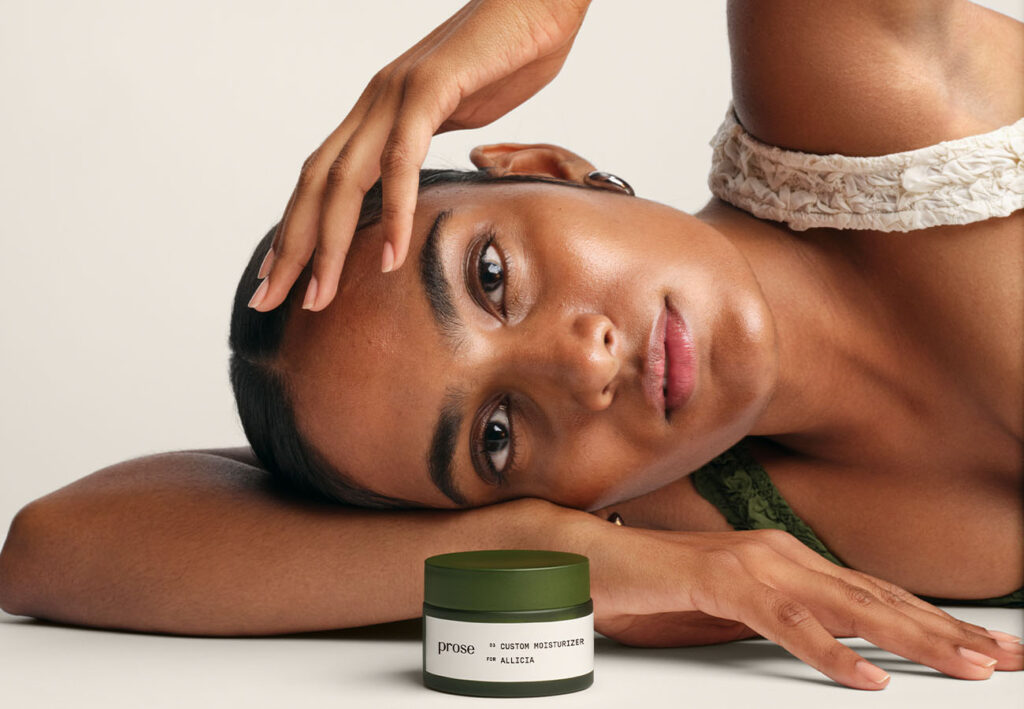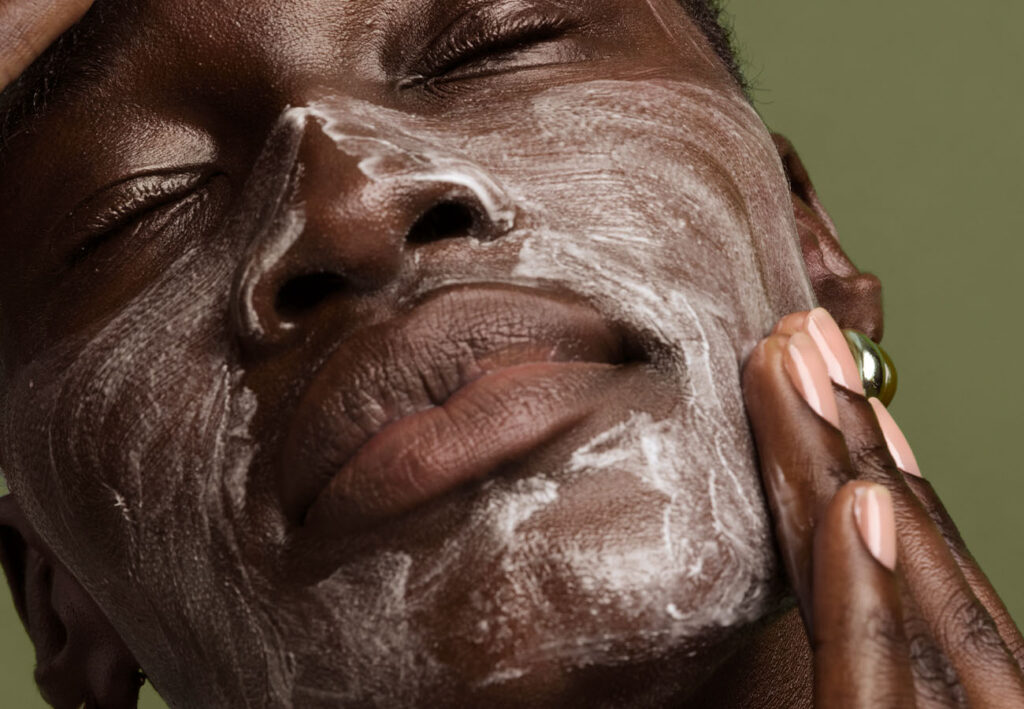1. Keep hair hydrated
Nothing helps to hydrate hair better than water itself. By consistently keeping hair moisturized it is less susceptible to tangling and breakage. Because porosity can directly impact how well hair retains moisture, it is important to follow a wash routine that is best suited for your hair texture, porosity, and desired style.
Pro Tip: The best ways to keep hair moisturized? Cleanse with sulfate-free shampoos and keep strands nourished using water based stylers such as leave-in conditioner and curl creams.
2. Use heat protection when styling
It’s crucial to apply heat protectant before heat styling. The maximum temperature healthy hair can handle is 365°F. It’s then that the internal temperature of strands hits the point where hair becomes damaged. The highest temperature damaged and/or fine hair should be exposed to is 300-340°F .
Most tools go way beyond these temperatures so it’s very easy to burn hair when you’re styling at home, especially when most people are doing double or triple passes per section. So, no matter the health of your hair, using a heat protectant is crucial to avoid damage.
3. Minimize chemical treatments
A chemical treatment is any solution that permanently changes the original structure of your hair. Hair relaxers, permanent hair-color, perming, and highlighting are all examples of common chemical treatments. When hair is chemically processed it can naturally become more porous which can result in hair that feels and looks drier than normal. While this usually isn’t cause for alarm, processing hair regularly should be avoided as it can lead to low elasticity, high porosity, and consistent breakage.
4. Reduce UV damage
Heat and UV rays can cause the natural oils and moisture in hair strands to evaporate, leaving hair brittle. Long hair is particularly prone to this damage because it is much further away from the scalp, aka where sebum is produced. To combat UV damage, look for products that contain ingredients such as coconut and Karanja oil, or simply cover strands with a large brimmed hat or scarf when outdoors.
5. Avoid rough brushing and detangling
Physical damage from brushing or combing can directly impact the health of your hair. To start, using the wrong tool for your hair type—for example, a small tooth comb on thick hair—can cause too much tension when detangling and end up tearing strands. Even if breakage isn’t visible at first, over time strands can accumulate rips and tears that split and break off hair. To reduce breakage, always detangle hair from the bottom and work your way up to the roots.
Pro Tip: For hair that is very knotted and tangled, it’s best to apply a detangling spray or leave-in conditioner directly into the knots to loosen them before brushing.





